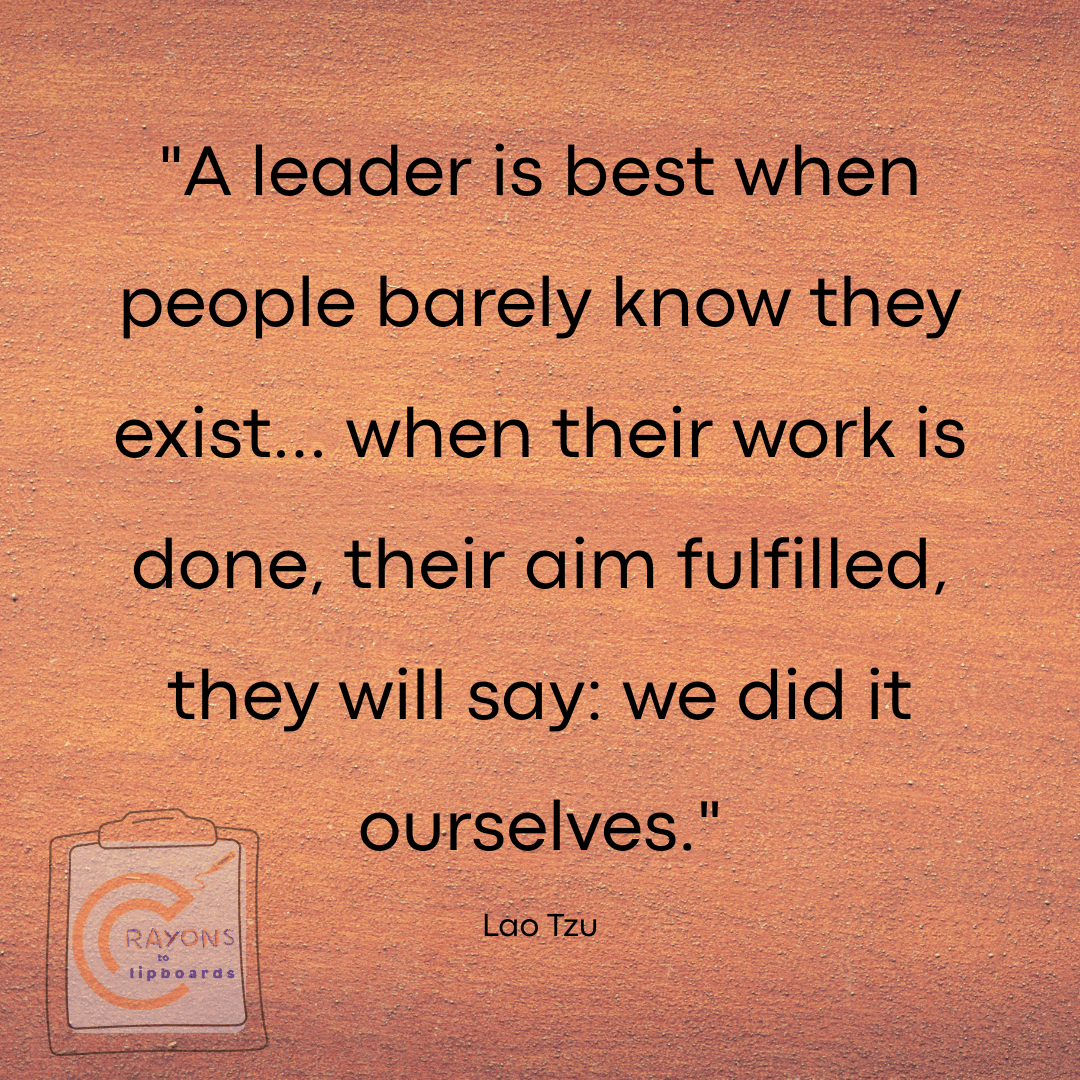- Crayons to Clipboards
- Posts
- The Power of Procedure: A Blueprint for a Leader's Success in an Early Childhood Program
The Power of Procedure: A Blueprint for a Leader's Success in an Early Childhood Program
Top 5 Must-Have Procedures for Every Early Childhood Program
Welcome Leaders😊🖍️
Do you find that everyone relies on you to know what to do next? Are you constantly trying to keep your head above water, reacting to whatever the day throws at you? If you feel like you're winging it more than leading it, you're not alone.
The truth is, even the most passionate and dedicated teams can struggle without clear, consistent procedures. Strong procedures aren’t about control; they’re about clarity, trust, and empowerment. They allow your team to act with confidence and independence. When effective systems are in place, your program doesn’t just survive, it thrives, even when you're not there.
It’s time to stop firefighting and start leading with purpose.
How to Successfully Implement and Maintain Procedures
🗣️Involve Your Team: Collaborate with educators when creating or updating procedures. Ownership increases buy-in.
🔄️Be Consistent: The most beautifully written procedure is useless if it’s not followed consistently. Model it. Reinforce it.
📆Train Regularly: Make procedures part of ongoing professional development, not just orientation.
🔎Review and Reflect: Schedule regular check-ins to see what's working and what needs tweaking.
⏰Communicate Clearly and Often: Use multiple channels: handbooks, signage, meetings, visuals, and informal check-ins.

Top 5 Procedures Every Early Childhood Setting Should Have:
1️⃣Arrival and Departure Procedures
❓Why: Sets the tone for the day and ensures child safety. Smooth transitions support children’s emotional well-being and reduce stress for staff and families.
➡️How to Implement:
Designate clear roles for greeters and check-in processes.
Use visual checklists for staff and families.
Ensure consistency in how children are transitioned to another classroom during drop-off and pick-up.
💬Communication Tips:
Share expectations with families during orientation.
Use signs, handbooks, and newsletters to reinforce steps.
Train staff through role-play during onboarding and review during staff meetings or weekly newsletters
2️⃣Health and Safety Protocols
❓Why: Protects children and staff and ensures compliance with licensing and public health standards.
➡️How to Implement:
Develop procedures for handwashing, cleaning, and handling illness.
Regularly review and update based on health guidelines.
Make sure supplies (soap, gloves, first aid kits) are accessible and monitored.
💬Communication Tips:
Display procedures in key areas (e.g., diapering station, kitchen).
Review during staff meetings and family communications.
Conduct drills and ensure staff feel confident in what to do
3️⃣Behavior Guidance and Conflict Resolution
❓Why: Promotes emotional development and creates a supportive classroom culture.
➡️How to Implement:
Adopt a consistent approach to behavior guidance (e.g., redirection, positive reinforcement).
Train staff on appropriate age strategies.
Document and reflect on incidents to support learning.
💬Communication Tips:
Share the behavior policy with families at enrollment.
Use case studies or scenarios in staff training.
Invite family feedback to ensure cultural responsiveness.
To read more, this newsletter is focused on behaviors and offers more procedures!
4️⃣Emergency Preparedness
❓Why: Ensures everyone knows what to do in high-stress, high-stakes situations.
➡️How to Implement:
Create written plans for fire, lockdown, and natural disasters.
Assign roles (who grabs the attendance sheet? who leads the children?).
Practice monthly drills.
💬Communication Tips:
Provide a copy of the emergency plan to families.
Display evacuation maps.
Debrief after drills and adjust as needed.
5️⃣Curriculum Planning and Documentation Procedures
❓Why: Aligns daily activities with learning outcomes and ensures meaningful learning experiences.
➡️How to Implement:
Set a planning schedule for educators (weekly/monthly).
Use a shared format or template for consistency.
Allocate time for documentation (photos, notes, portfolios).
💬Communication Tips:
Review planning during team meetings.
Encourage reflective practice.
Share learning stories and updates with families to build connections.

You’re not here to micromanage. You’re here to lead through intentional systems that empower your educators to do what they do best: nurture and inspire young learners.
Systems run the business. People run the systems. Leaders build the systems.
Adapted from Michael Gerber
Till Next Time,
Jen Sprafka📋

Navigator of Leadership Development & Program Evaluation
P.S. Here is a Bonus procedure I think leaders are struggling with in our field-

P.S.S. Need guidance with developing or revamping procedures to successfully lead your early learning center? I'm here to help!

Reply